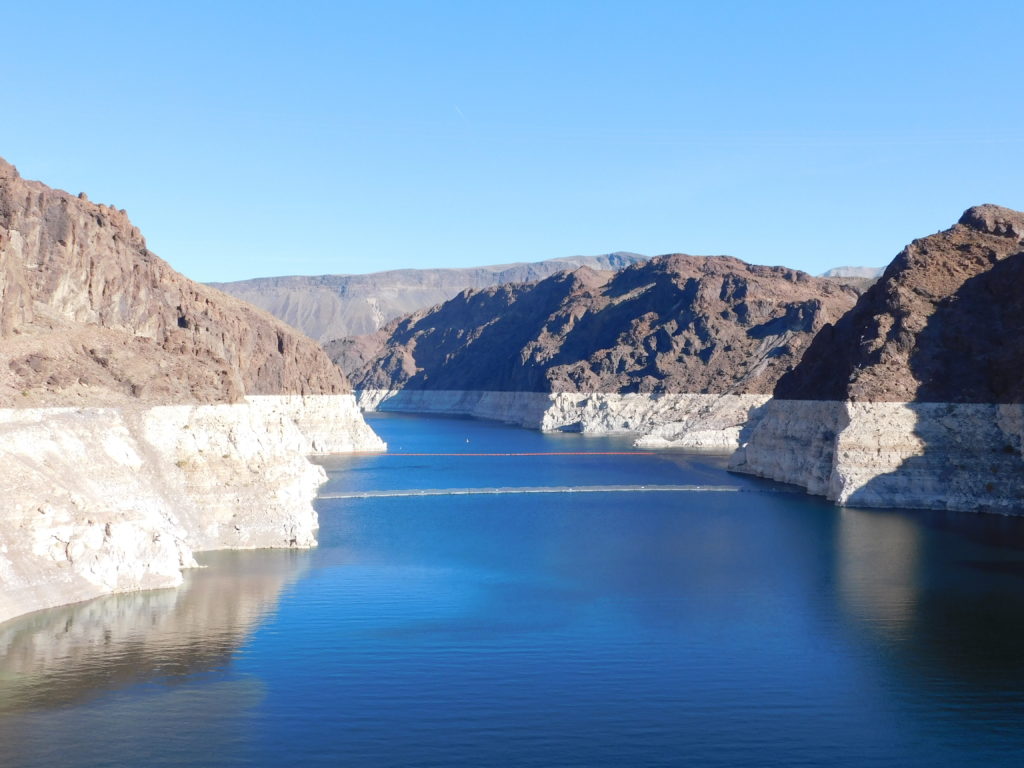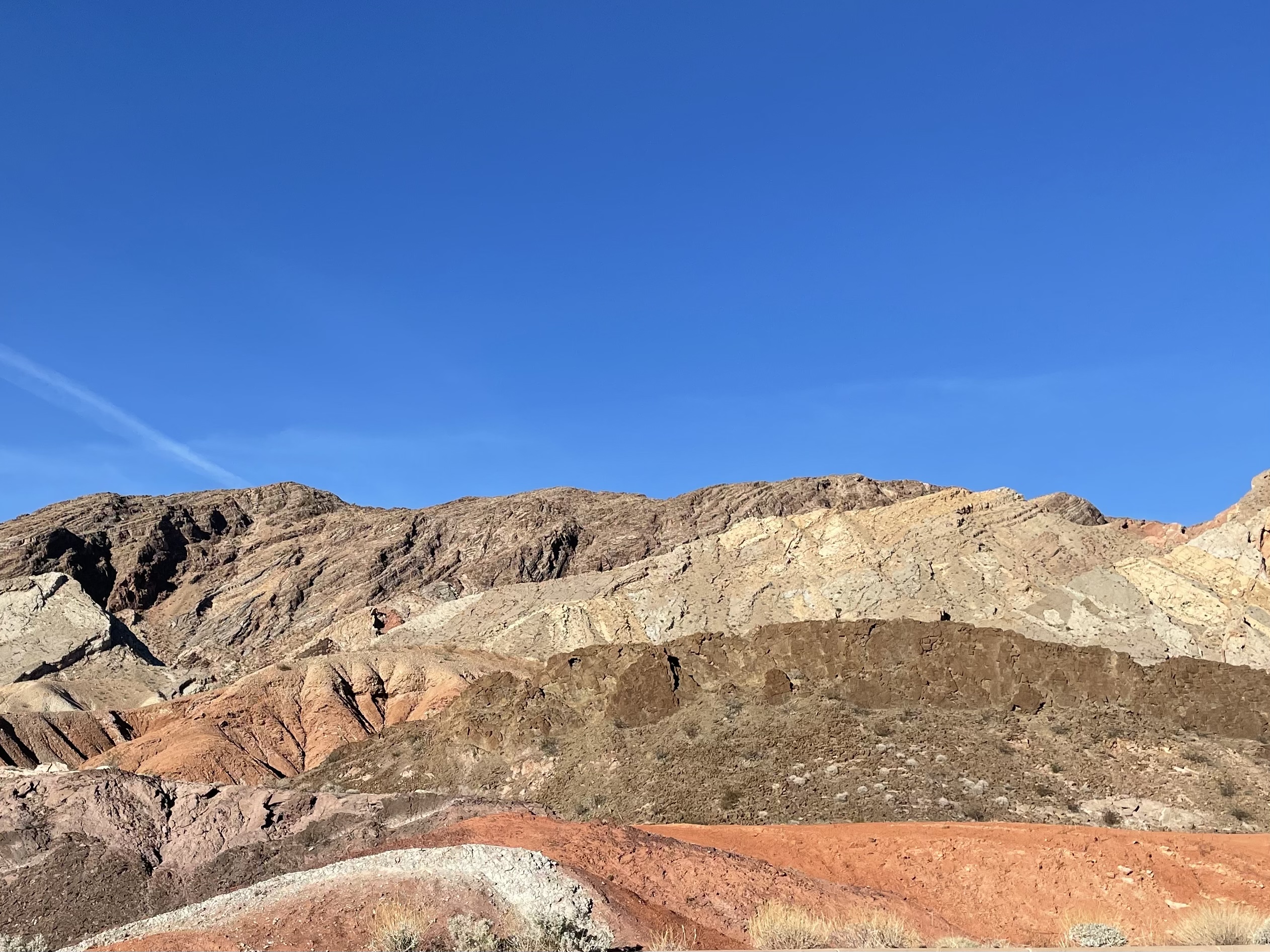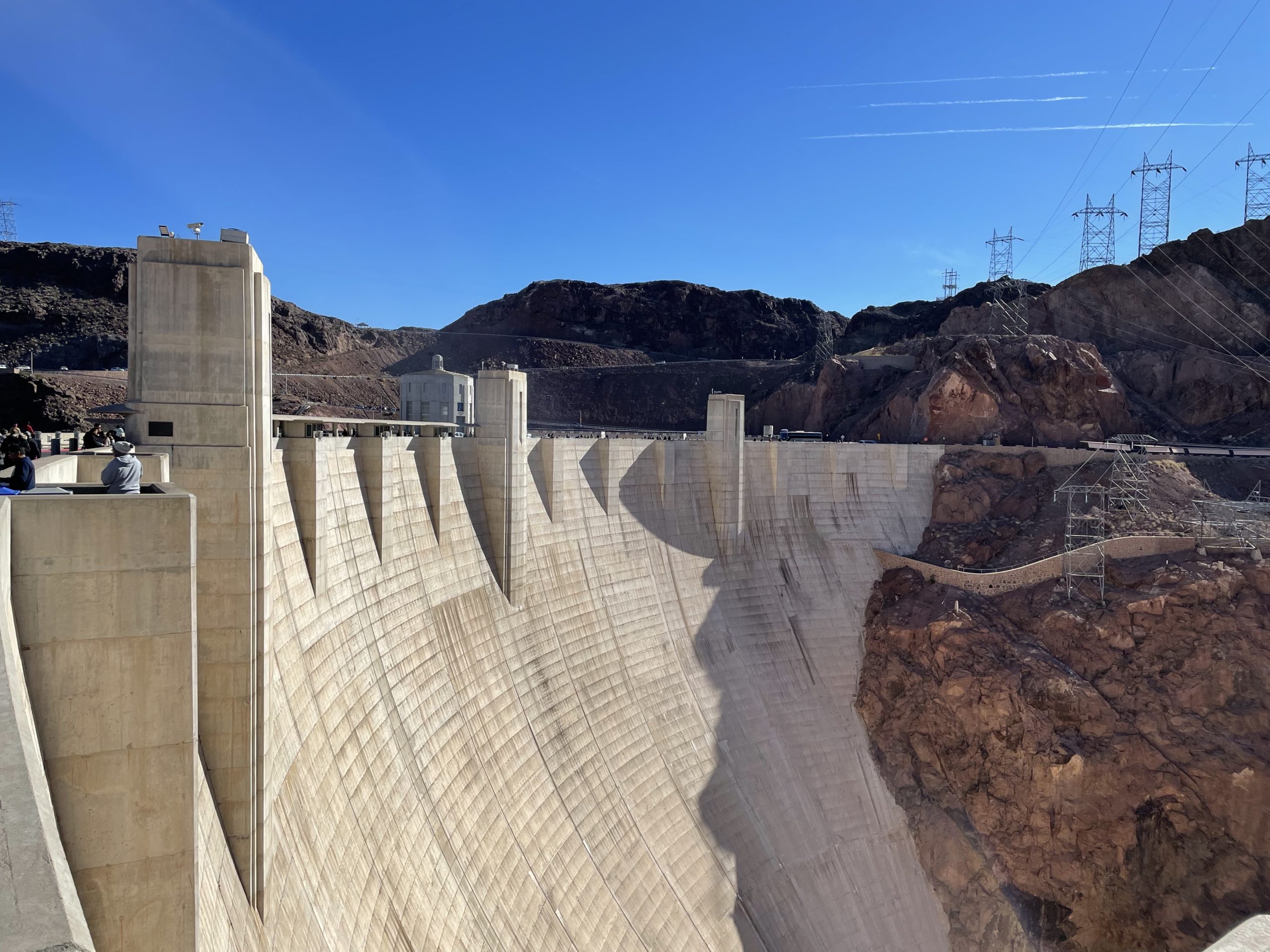Northshore Road runs along, yes, the north shore of Lake Mead. The shoreline itself is now far east of the road because of long-term drought in the region. Coming west from Hoover Dam, we turned onto it near Lake Las Vegas and drove it up to Valley of Fire, stopping several times along the way.
Tag: drought
First Visit to Hoover Dam
My first visit to Hoover Dam, and it’s incredible to see both how big the dam is and how low the water level is behind the dam. In December of 2021, the water elevation of Lake Mead was 1,065 feet above sea level – almost 200 feet lower than its maximum level, and the lowest level since the 1930s, when the lake basin was still being filled.



Drought, floods, reveal sites, but archaeologists lack the resources to take advantage

Mike Toner, in the Spring 2014 issue of American Archaeology, writes about the threats to American archaeological sites posed by extreme weather. Forest fires in the southwest, Drought from Texas to California, melting glaciers in Alaska, and sea level rise along the coasts are exposing previously unknown artifacts but also destroying them.
Some of the facts and figures are astounding: over 100 prehistoric wooden dugout canoes were uncovered around one shrinking lake in Florida. Entire historic towns, once covered by reservoirs, are now exposed. Wooden arrows, complete with fletching, have been found melting out of ice patches. With so many archaeological resources, and so little time and money to properly identify and preserve them before they are destroyed by nature or looters, archaeologists are forced to practice triage. One of the sadder quotes comes from a National Park Service official: “There are going to be some situations where we will have to learn to say goodbye to resources we can’t protect.”
Mike Toner, “The threat of climate change”. American Archaeology, Spring 2014, pp. 12-19.
To read the whole article, you have to get it from your local newsstand, but see one of the dugout canoes at the Archaeological Conservancy.




